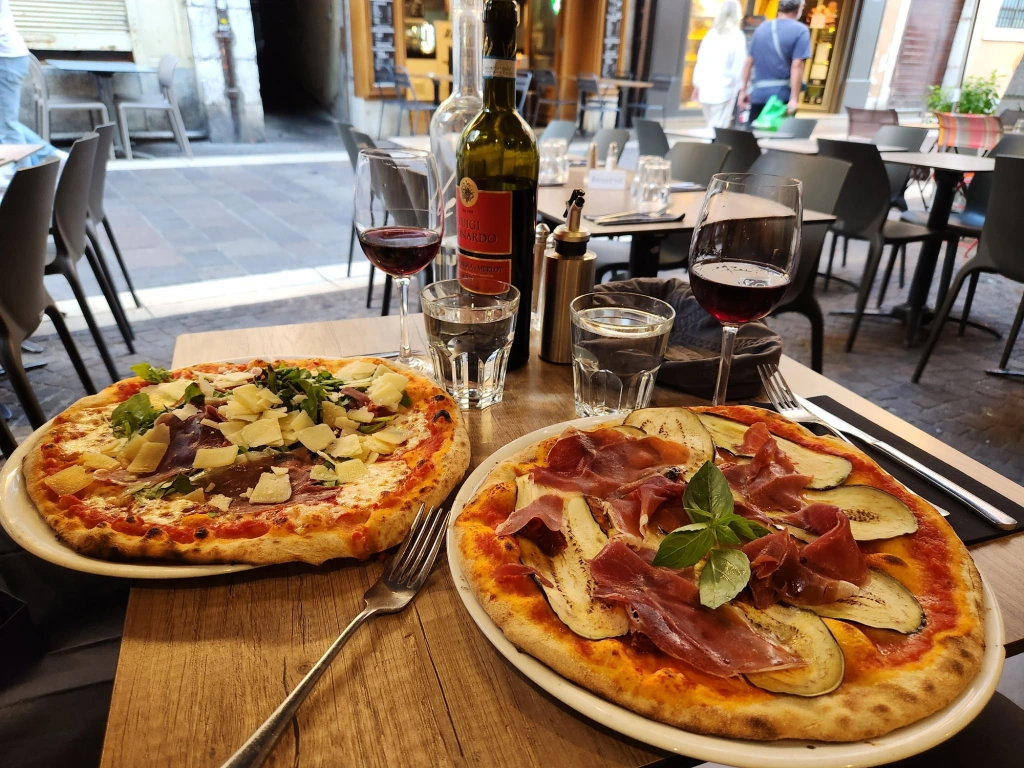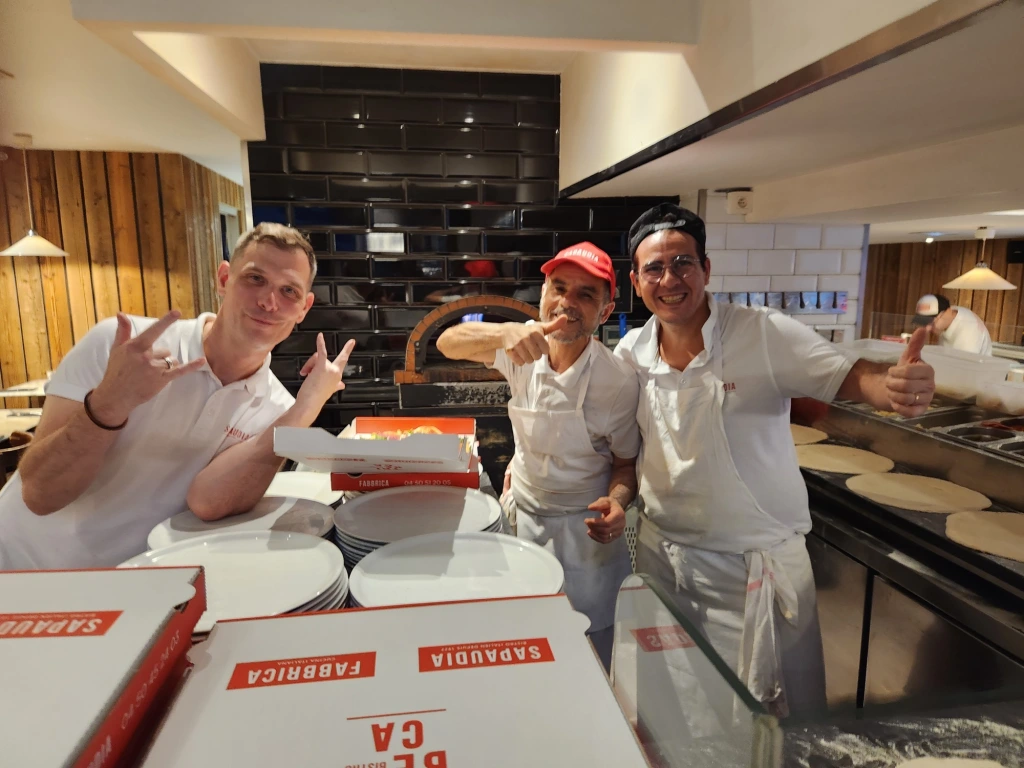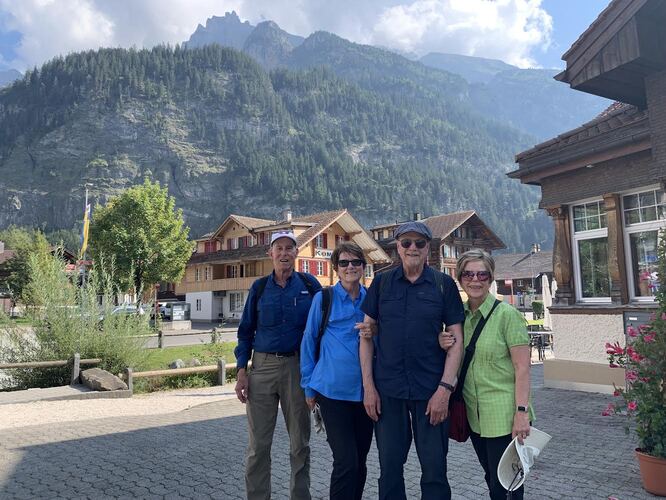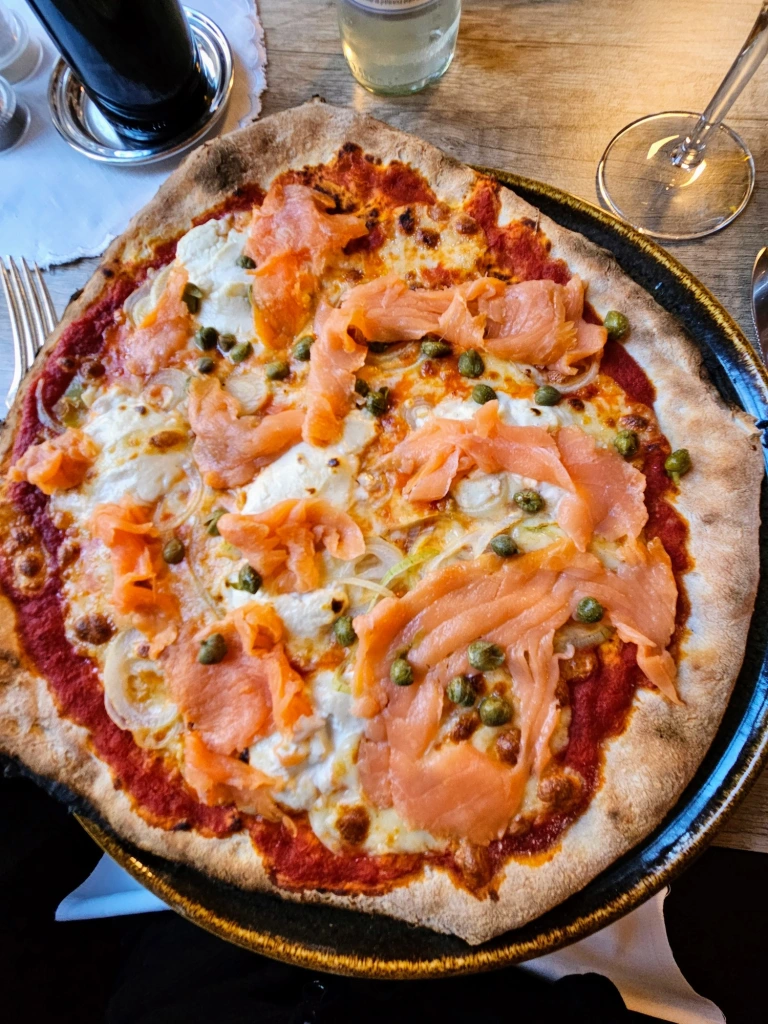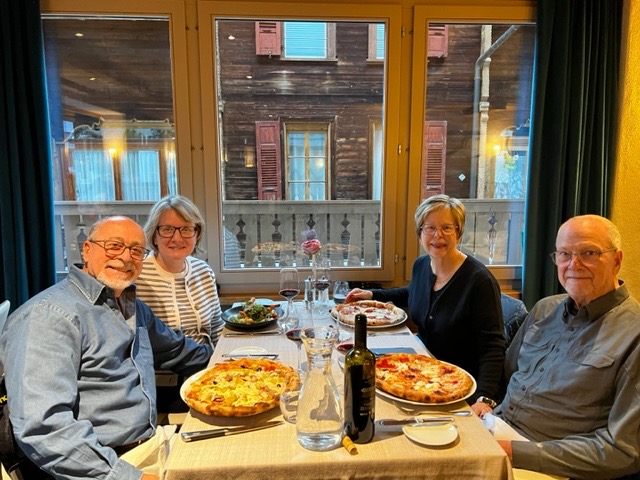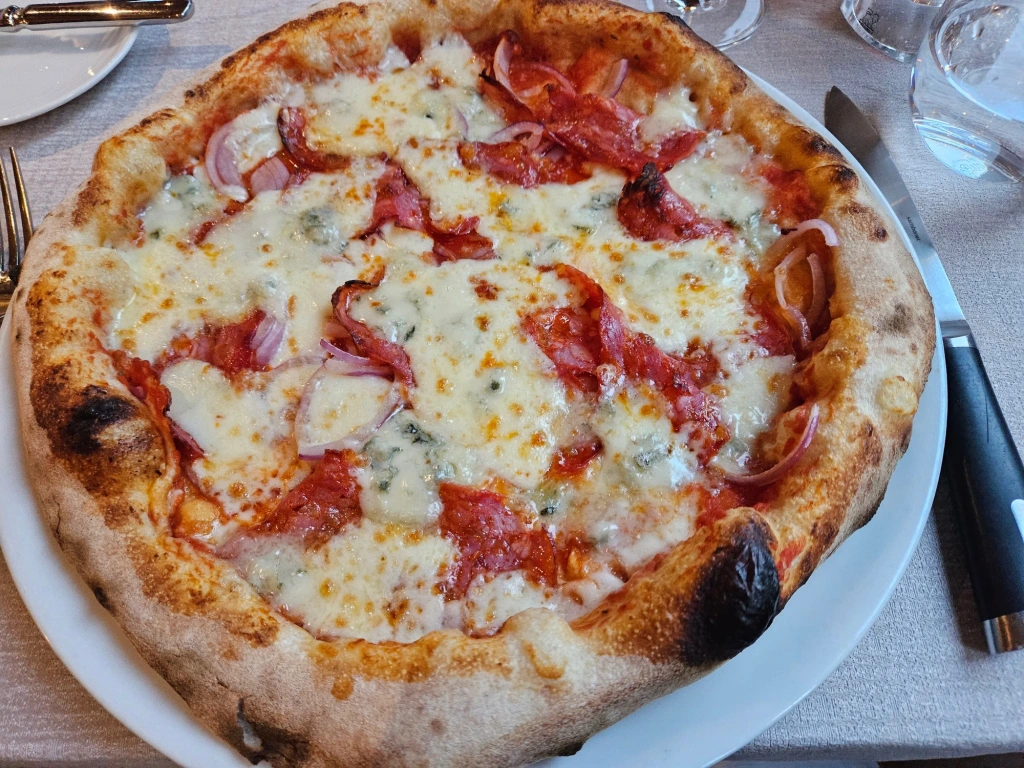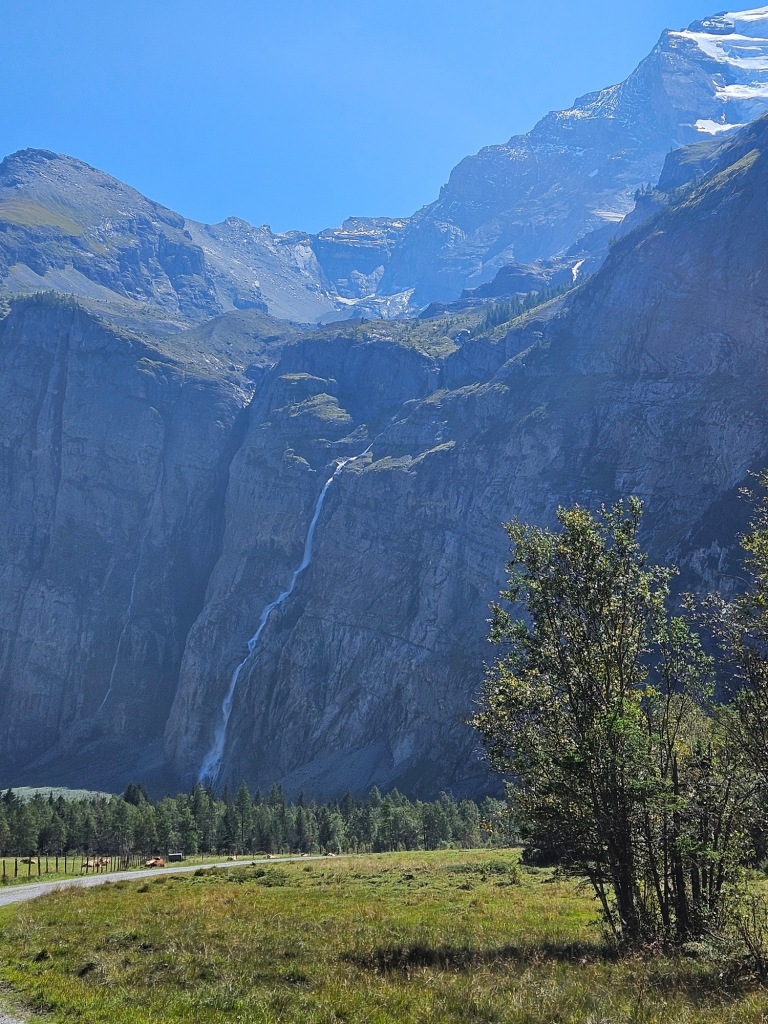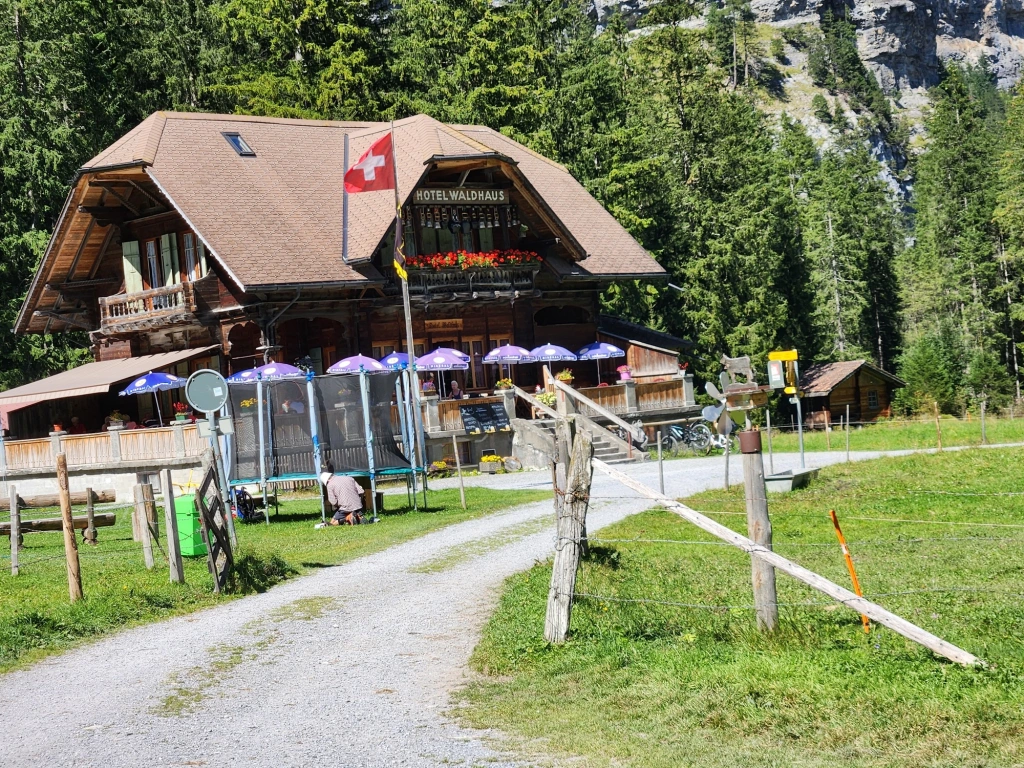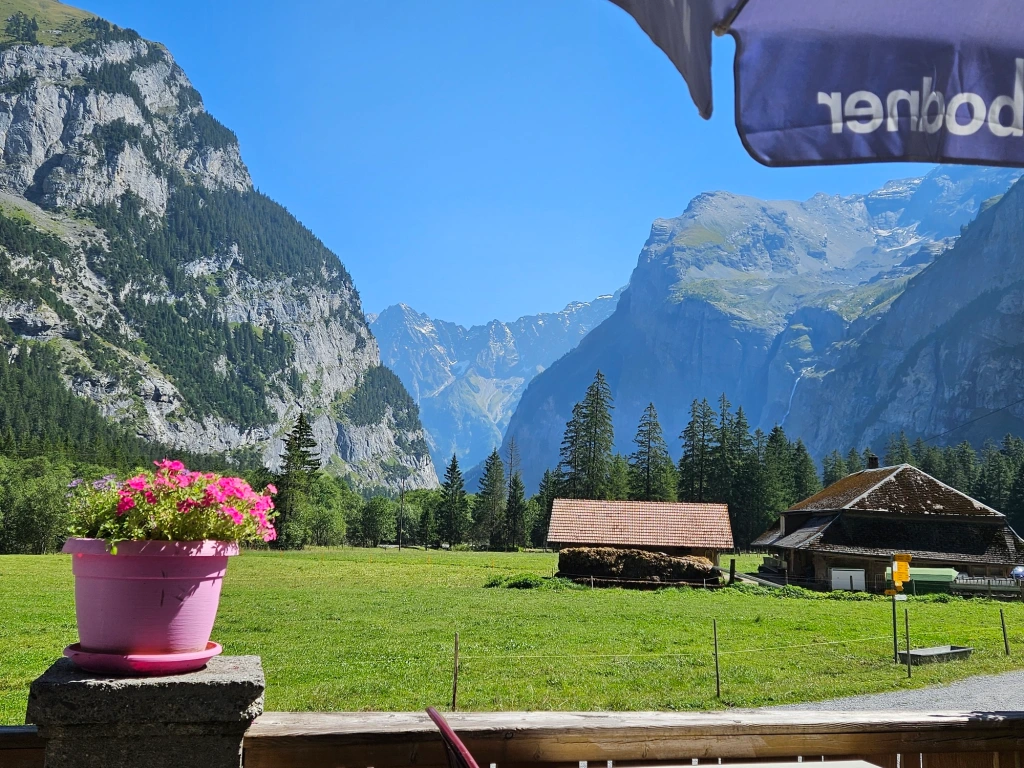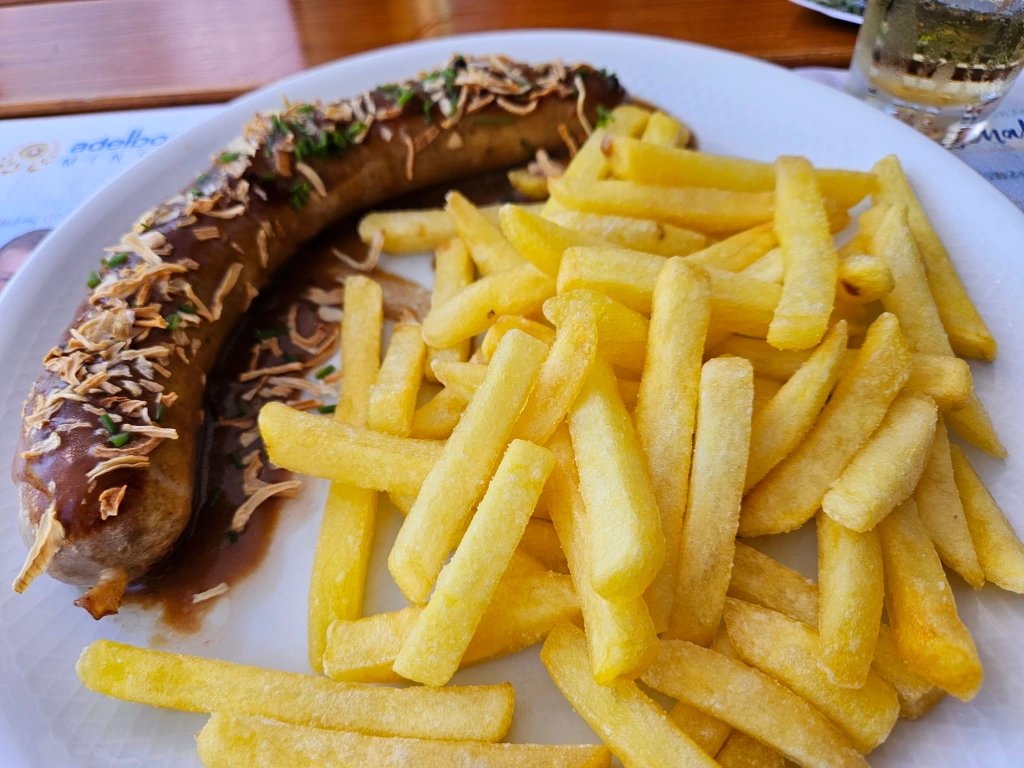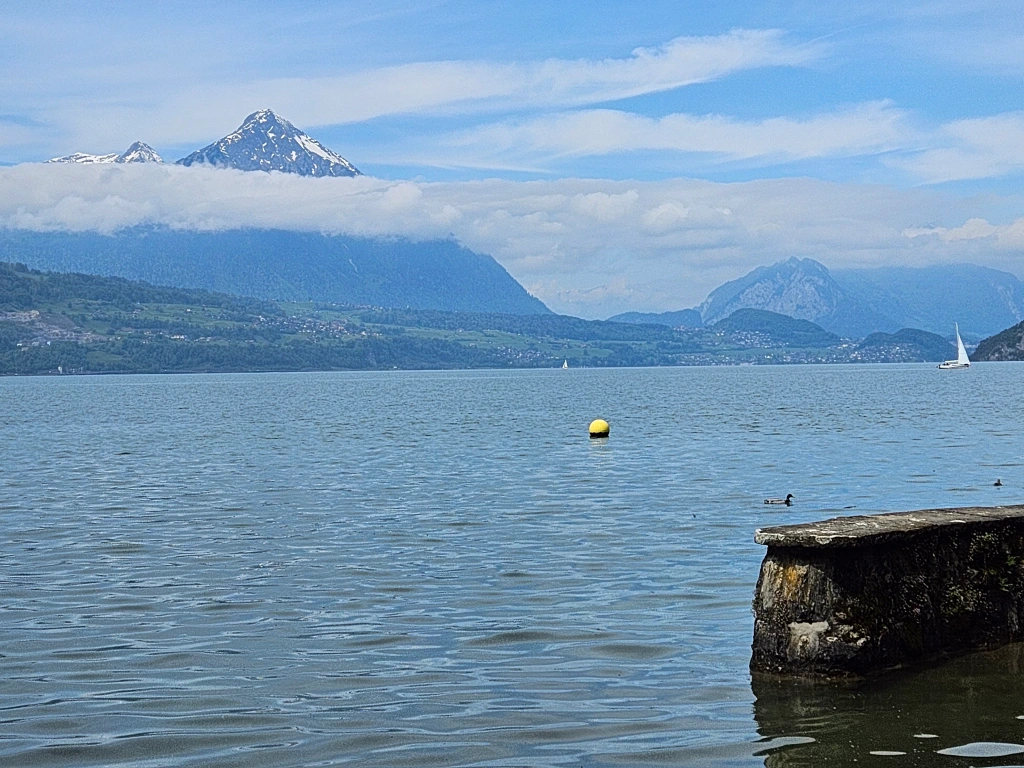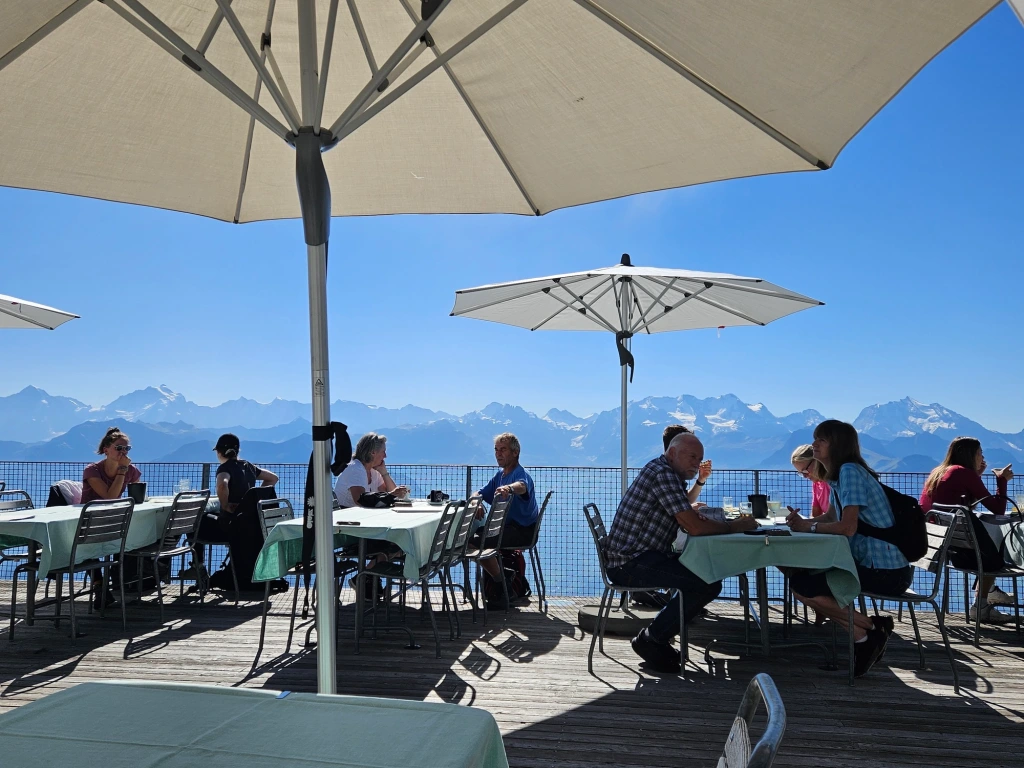8 May 2019.
The famous Invasion in June of 1944 changed Normandy forever and the (mostly) English-speaking hoards have continued to invade for the past 75 years. Luckily the locals are still celebrating the arrival of the Allies and welcoming Americans, Canadians, Brits, and Australians by millions. We ran into a lot of Dutch as well.
Bayeux is about as close as you can get to the D-Day beaches and not be on them. It was our base for a week. Crowds aren’t bad, but the town and surrounding hamlets, cemeteries, beaches, and museums are gearing up for the 75th Anniversary of D-Day. Windows are painted in greeting, museum exhibits are being reworked, and hoteliers are preparing to clean up.

Window painting, Bayeux, honoring the 75th anniversary.

Window painting in Bayeux, honoring the Invasion 75 years ago.
A tour of the D-Day sites alone could take a week or more. Every village that secured a relic tank or WWII airplane has a museum, and every village has a tank or period airplane, not to mention oodles of ammunition, rusted helmets, German and Allied weapons, medic kits, and uniforms. Our tour guide told us there were 60+ museums in Normandy dedicated to the Invasion. We did not visit them all.

German battery, Pont du Hoc, now a tourist lookout.

This little Dutch boy was having a blast playing in an overgrown bomb crater, Pont du Hoc.

If you have seen “The Longest Day” you know the scene where the parachutist gets caught on the clock tower of the church at Sainte-Mère-Église. True story, kitchily depicted today.
After visiting a couple of (good) museums and spending 9 hours touring sites like Sainte-Mère-Église, Utah and Omaha Beaches, and the German and American cemeteries, we were pretty much on Overlord overload. Still, every time we ventured to another location, a bit more about D-Day was revealed. We realized our grasp of that day — of the entire Invasion — was not equal to the event. Sure we’ve seen movies, read books, maybe even paid attention in high school history class, but being there is sobering and overwhelming. The statistics (numbers of parachutists, numbers of planes, numbers of ships) are mind-boggling.
The logistics make what FedEx does every day look like a children’s party.

We had lunch at the cafe on Utah Beach, built in a building (the only building) that remains from that day. All WWII veterans are invited to sign the bar or any other surface in the cafe.

Utah Beach is now for walks with dogs and building sand castles. Like Oregon, it is too cold to go in the water. Except that is, of course, what thousands of men did on D-Day.
Perhaps the most eye-opening experience for us was seeing Port Winston at Arromanches. This was a Mulberry Harbor, a temporary portable harbor established to support the Invasion until the Allies could secure the ports held by the Germans. Neither of us had read much about this except in our Rick Steves guidebook.
The various components were fabricated in England and sunk in the Thames River to hide them from German surveillance. Shortly after D-Day, they were towed across the Channel and the harbor constructed. Seeing the remains of the caissons and floating piers along with displays and dioramas in the excellent museum brought to life the enormity of the operation.

View from above Arromanches. You can still see some caissons offshore.

WWII photo of the actual temporary harbor.

A piece ot the floating roadbed called a “whale” used in Port Winston. Ric for scale.
We had the luxury of a week in Normandy. Plenty of time to absorb the WWII history and ample time to devote to the countryside, medieval history (William the Conqueror was from Caen), and food. I swear my pores are oozing Camembert. We tried to drink enough red wine to whisk those nasty artery blocking fats out as fast as we consumed them. We’d make a nice healthy salad in our apartment in the evening with great local produce, lean chicken, a whisper of olive oil and balsamico, but we’d add Camembert. We did not, however, have butter on our baguettes. The cider, too, is a wonderful thing and quite perfect with the local food. Goes great with mussels freshly harvested and served ala Normande with (God help me!) cream!

Fresh scallops, anyone? No question that there were not frozen.

Fresh chicken too. Maybe she’s just for laying?

On the Aure River in Bayeux, two waterwheels are still spinning.

We hiked up La Côte de Grâce above Honfleur for the view of the Pont du Normandy.

In Barfleur, the Fête du Printemps was underway with curious street decoration.

Cute Barfleur, filled this sunny Sunday with French people out for a drive and lunch, which is what we were doing.
One can cover a lot of miles in Normandy without seeing all of it. We confined ourselves to the area from Honfleur in the north to Barfleur near Cherbourg and Caen. We realized part way through the week that this area of France requires additional time if one is to include Mont Saint Michel as well as points north like Etretat.
I guess a return trip is in order. Save me some Camembert.
Tags: Arromanches, Barfleur, Bayeux, Camembert, D-Day, Honfleur, WWII
